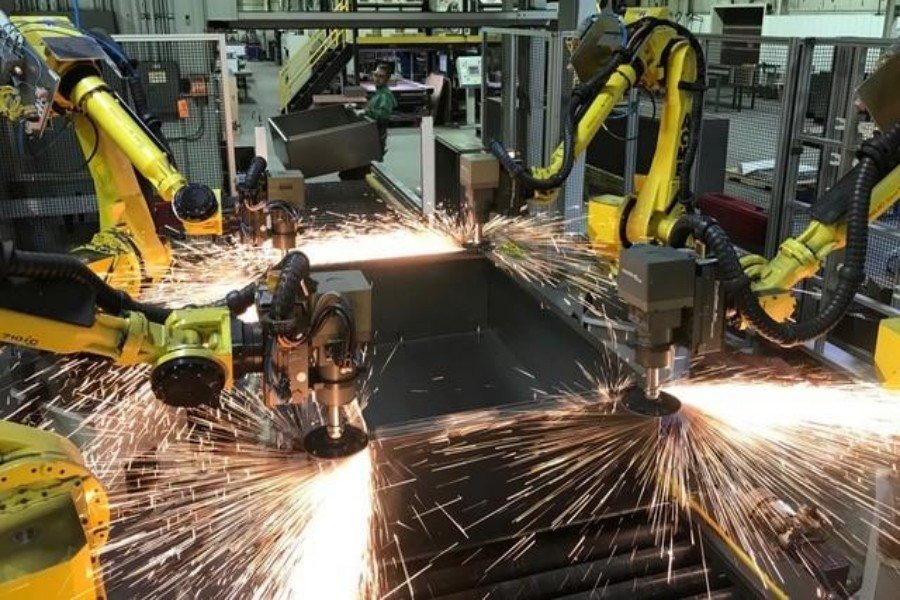Introduction
Return on Investment (ROI) is a fundamental metric for assessing the financial success of any project—especially in automation, where upfront costs can be significant. ROI helps manufacturers determine whether an investment will generate more value than it consumes, guiding smarter decision-making and resource allocation.
The basic formula for ROI is:
ROI = (Benefits – Costs) / Costs × 100%
This calculation reveals how much return is generated for every dollar spent. A high ROI indicates that the automation project delivers strong financial returns, while a low or negative ROI signals inefficiency or misalignment with business objectives.
For automation projects—particularly in polishing, grinding, and deburring—ROI is influenced by multiple factors: labor savings, productivity gains, defect reduction, maintenance costs, and cycle time improvements. Accurately capturing these variables is key to building a solid business case and earning support from decision-makers.
This guide outlines a practical, step-by-step approach to calculating ROI in surface finishing automation. Drawing from industry best practices and real-world experience from Kingstone Robotics, it equips manufacturers with the tools to evaluate project feasibility, justify investment, and maximize long-term value.
Key Components of ROI Calculation in Polishing, Grinding, and Deburring Automation
When evaluating the ROI of automation projects in material finishing, several key factors influence both costs and benefits:
1. Initial Investment Costs
These include:
- Purchase of robotic polishing, grinding, or deburring equipment
- Software acquisition and licensing for automated surface finishing
- Installation and integration costs into existing production lines
- Modifications to infrastructure and workspace for automation deployment (Smith et al., 2022)
2. Operational Costs
These ongoing expenses may include:
- Routine maintenance and tool replacement costs for abrasive materials
- Energy consumption for robotic finishing operations
- Employee training for operating and maintaining automated systems
- Compliance with safety and environmental regulations (Johnson, 2021)
3. Labor Cost Savings
Automating polishing, grinding, and deburring can significantly reduce manual labor costs by:
- Eliminating repetitive and hazardous manual finishing tasks
- Reducing costs associated with workplace injuries and compensation claims
- Minimizing operator fatigue and turnover rates (Lee & Martinez, 2020)
4. Productivity and Efficiency Gains
Automation enhances production speed and efficiency by:
- Increasing the consistency and uniformity of surface finishes
- Reducing cycle times for complex material processing tasks
- Lowering scrap rates due to precision control and repeatability (Anderson & Patel, 2019)
5. Quality Improvements
Automated finishing processes often deliver superior results, which:
- Ensure uniform material removal and consistent part quality
- Reduce the need for secondary finishing operations
- Improve overall product lifespan and performance (Brown, 2018)
6. Time Savings
Automation speeds up operations, leading to:
- Shorter lead times for production and delivery
- Improved responsiveness to customer demands and market fluctuations
- Faster return on investment through increased throughput (Garcia, 2023)
7. Risk Reduction and Compliance Benefits
By replacing manual polishing, grinding, and deburring with automation, businesses can:
- Reduce exposure to airborne particulates and harmful abrasives
- Enhance workplace safety and lower liability risks
- Meet stringent industry compliance standards (Wilson & Zhang, 2021)
Step-by-Step Guide to Calculating ROI
To calculate ROI effectively, follow these structured steps:
Step 1: Identify and Quantify Costs
Gather and document all expenses, including:
- Initial Costs: Robotic equipment, software, installation, and workspace modifications
- Operational Costs: Maintenance, abrasives, energy consumption, and training
Step 2: Identify and Quantify Benefits
Calculate potential financial gains such as:
- Labor savings: Reduction in wages, injuries, and training costs
- Efficiency gains: Increased output, precision, and reduced scrap rates
- Quality improvements: Fewer defects and lower rework expenses
Step 3: Calculate Net Gain
Using the formula:
Net Gain = Total Benefits – Total Costs
Step 4: Compute ROI
Apply the formula:
ROI=(Net Gain/ Total Costs)× 100%
Step 5: Assess the Payback Period
Determine how long it will take for the automation investment to generate enough savings to cover its costs:
Payback Period= Initial Investment / Annual Net Savings
A shorter payback period suggests a quicker return on investment.
Example
- Total system cost: This includes the cost of the robotic polishing system, installation, and auxiliary components such as sensors, mounting hardware, and power units.
- Robot utilization: Determine how many shifts per day each robot will operate.
- Current labor costs without automation: Calculate the annual labor costs by estimating the number of operators whose tasks will be replaced by the robot.
- Anticipated labor costs with automation: Calculate the new labor costs based on the reduced number of operators required to oversee and maintain the system.
Let’s break this down in a real-world example. Say you want to purchase one $60,000 robotic polishing system that will be in service three shifts per day, replacing three operators:
- Total system cost: $180,000 ($60,000 robot cost x 3 to account for installation and auxiliary equipment)
- Current labor costs without automation: $300,000 (3 operators x $100,000 per operator annually)
- Anticipated labor costs with automation: $75,000 (Remaining labor costs after automation implementation)
- Labor savings: $225,000 ($300,000 – $75,000)
- ROI in the first year: $45,000 ($225,000 – $180,000)
At this rate, the company can expect to recover its investment in just under two years. Additionally, these calculations do not factor in secondary cost reductions, such as reduced material waste, improved product quality, and decreased worker injury claims, which could further accelerate the return on investment.
Best Practices for Optimizing ROI in Automated Surface Finishing
To maximize the ROI of automation projects, consider these strategies:
1. Conduct Thorough Feasibility Studies
Assess different polishing, grinding, and deburring automation solutions and compare potential ROI before making investment decisions.
2. Implement Incremental Automation
Instead of automating all processes at once, start with high-impact areas to realize early benefits and refine future implementations.
3. Optimize Resource Utilization
Ensure that automation aligns with current workflows and complements existing human resources rather than replacing them outright.
4. Regularly Monitor and Adjust
Track automation performance metrics and make necessary adjustments to improve efficiency and maximize returns.
5. Consider Long-Term Benefits
While initial costs may seem high, long-term savings from efficiency, quality, and reduced labor expenses should guide decision-making.
Conclusion
Calculating ROI for automation projects—especially in polishing, grinding, and deburring—is crucial for validating investment decisions and aligning stakeholders around measurable outcomes. By evaluating both the direct and indirect costs and benefits, manufacturers gain a clear picture of how automation will impact productivity, quality, and operating expenses.
A structured ROI analysis not only supports smarter planning but also reduces uncertainty and strengthens the business case for automation. When done right, it ensures that investments lead to tangible gains in efficiency, consistency, and profitability.
With the right approach and partners, automation becomes not just feasible—but financially strategic.
References
- Anderson, J., & Patel, R. (2019). Automation in Manufacturing: Enhancing Productivity and Quality. Industrial Engineering Review.
- Brown, D. (2018). Advancements in Automated Polishing and Surface Finishing. Manufacturing Today Journal.
- Garcia, M. (2023). The Economic Impact of Robotics in Material Finishing. Journal of Automation Economics.
- Johnson, L. (2021). Energy Consumption and Cost Optimization in Automation. Sustainable Engineering.
- Lee, S., & Martinez, P. (2020). Workplace Safety and Labor Efficiency in Automation. Journal of Industrial Safety.
- Smith, R., et al. (2022). The Role of Robotics in Advanced Manufacturing. Engineering & Automation Research.
- Wilson, T., & Zhang, Y. (2021). Compliance and Risk Management in Automated Manufacturing. Industry Compliance Review.


